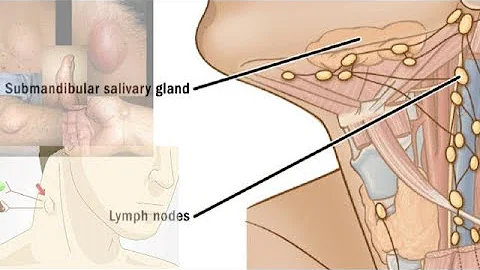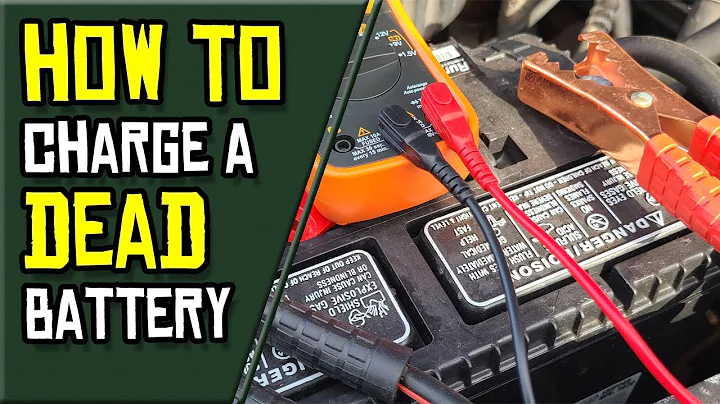A Guide to Using Hard Face Masks for CPR
Table of Contents
- Introduction
- Understanding CPR (Cardiopulmonary Resuscitation)
- The Evolution of CPR Techniques
- The Importance of Hard Face Masks for CPR
- How to Assemble a Hard Face Mask for CPR
- Step 1: Familiarize Yourself with the Components
- Step 2: Forming the Face Shield
- Step 3: Positioning the Face Shield on the Patient
- Step 4: Ensuring a Good Seal
- Step 5: Different Holding Techniques for Face Masks
- Proper Techniques for Administering CPR with the Hard Face Mask
- Technique 1: Two-Person CPR with Face Mask
- Technique 2: One-Person CPR with Face Mask
- The Role of Compressions in CPR
- Additional Features of Hard Face Masks for CPR
- Portability and Durability
- Integration with Oxygen Delivery Systems
- The Importance of Having Hard Face Masks in First Aid Kits and Vehicles
- Conclusion
Understanding CPR (Cardiopulmonary Resuscitation)
Cardiopulmonary Resuscitation (CPR) is a life-saving technique used in emergency situations where a person's heart has stopped beating or they have stopped breathing. It involves a combination of chest compressions and rescue breaths to maintain blood circulation and oxygenation in the body. The goal of CPR is to buy time until professional medical help arrives.
The Evolution of CPR Techniques
Over the years, CPR techniques have evolved to improve the chances of survival for individuals in cardiac arrest. Previously, mouth-to-mouth ventilation was emphasized, but recent guidelines from organizations like the American Heart Association have shifted focus to hands-only CPR, particularly for laypersons. This change is due to the recognition that continuous chest compressions are crucial for maintaining blood flow and increasing the chances of survival.
The Importance of Hard Face Masks for CPR
While hands-only CPR is the recommended approach for the general public, the use of hard face masks in CPR holds significance in certain situations. Hard face masks provide a barrier between the rescuer and the patient, minimizing the risk of direct contact and potential transmission of infectious diseases. They also help ensure a proper seal around the patient's face, facilitating effective ventilation during rescue breaths.
How to Assemble a Hard Face Mask for CPR
Assembling a hard face mask for CPR is a simple process that requires attention to detail. Following the steps below will ensure that the mask is properly prepared for use in an emergency situation.
Step 1: Familiarize Yourself with the Components
Before assembling the hard face mask, take a moment to understand its components. The mask typically consists of a hard case, a one-way valve, and a face shield. Some masks may also come with additional accessories such as gloves and alcohol wipes.
Step 2: Forming the Face Shield
The face shield of the mask may be flat when removed from the case. To shape it correctly, use two fingers to push it up gently, following the arrow on the shield. This shape ensures proper coverage of the patient's nose and mouth for effective ventilation.
Step 3: Positioning the Face Shield on the Patient
When using the hard face mask, position it on the patient's face correctly. The top part of the shield should go across the bridge of their nose, while the lower part covers their mouth. This positioning allows for a secure seal, which is essential for successful rescue breaths.
Step 4: Ensuring a Good Seal
To deliver effective ventilation, it is crucial to achieve a good seal between the face mask and the patient's face. A proper seal enables adequate chest rise and fall with each rescue breath. Carefully position the mask, ensuring it covers the patient's nose and mouth fully. Any air leakage will compromise the effectiveness of ventilation.
Step 5: Different Holding Techniques for Face Masks
Depending on the patient's orientation, there are different ways to hold the face mask for CPR. For a patient lying with their head facing up, position your hand over their face, with the mask covering the nose and mouth. Another technique involves wrapping both hands around the mask, with the lower part extending under the patient's chin. These methods provide stability and enable a secure seal, ensuring efficient ventilation.
Proper Techniques for Administering CPR with the Hard Face Mask
Knowing the proper techniques for administering CPR using a hard face mask is crucial for providing effective care. The following techniques outline how to use the face mask in different scenarios.
Technique 1: Two-Person CPR with Face Mask
In a scenario where two rescuers are present, coordination is key for efficient CPR. One rescuer delivers chest compressions while the other maintains a proper mask seal and ensures the delivery of rescue breaths. This technique minimizes interruptions in chest compressions, maximizing the chances of survival.
Technique 2: One-Person CPR with Face Mask
In situations where only one rescuer is available, the priority is uninterrupted chest compressions. Perform continuous compressions for 30 cycles, then briefly deliver rescue breaths using the face mask. After the breaths, resume chest compressions immediately.
The Role of Compressions in CPR
During CPR, chest compressions play a critical role in maintaining blood circulation. Continuous compressions help pump oxygenated blood to vital organs, including the brain, increasing the chances of survival. Learning the proper technique for chest compressions is essential for effective CPR administration.
Pros:
- Continuous chest compressions maintain blood circulation
- Increases the chances of survival by oxygenating vital organs
Cons:
- Chest compressions can be physically demanding
- Risk of fracturing ribs or causing internal injuries if not performed correctly
Stay tuned for the rest of the article!







